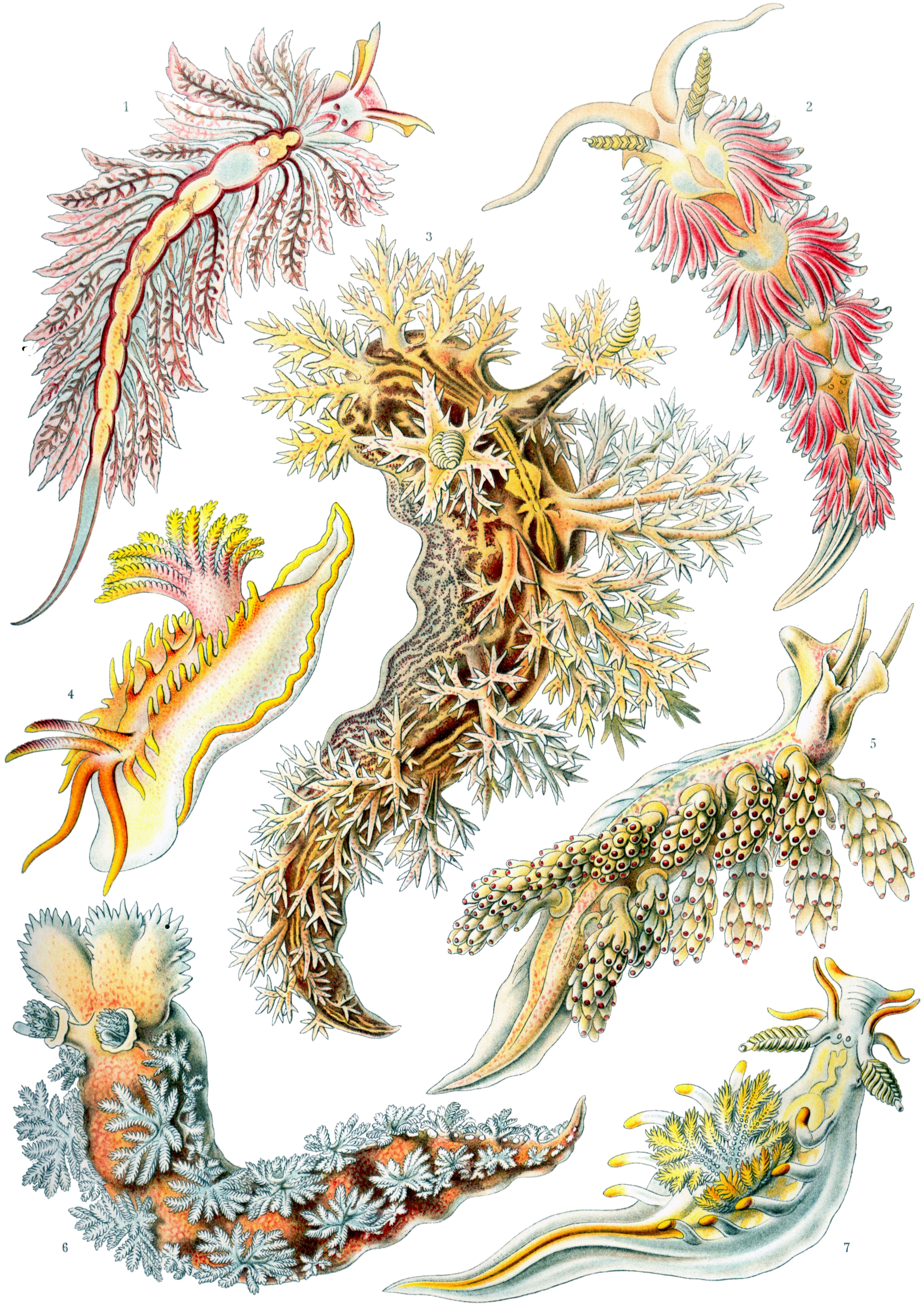Observation – Fundamentals of Evolutionary Biology
On November 20th I observed my mentor’s lesson on Macroevolution. We decided that this would be an ideal lesson to observe as I was going to teach the follow up lesson on November 22th. For this observation I paid close attention to how the learning outcomes were integrated into the lesson, and how the learning activities for the lesson were aligned with the outcomes.
Learning Objectives:
To compare and contrast micro and macroevolution
To explain how macroevolution is measured
To evaluate the effects on total species diversity when speciation and extinction vary
Questions:
While the learning objectives were clearly outlined at the start of class, my mentor also made a note of some of the “big questions” that would be guiding the day’s lesson. I hadn’t seen this done before but I really appreciated the use of these questions to set the tone for the class and to guide classroom discussion.
Participatory Learning:
I often reflect on how my undergraduate biology classes were primarily lecture, with very few attempts to incorporate participatory learning. Before the age of clickers, there were usually a handfull of students in a class of 300 who answered most of the questions, and the remainder of us remained silent and doodled in our notebooks. Clicker technology has made it much easier to poll students and assess comprehension, but I have seen them used as more of a “stick” than a “carrot”.
One of the things I appreciate about my mentor’s teaching is their almost seamless integration of clicker questions into a lecture. The questions usually run from basic comprehension to thought-provoking discussion questions. The questions are aimed at participation instead of whether or not an answer is correct. In this particular lecture, my mentor used a question on macroevolutionary trends to facilitate a discussion among groups of students, prompting further discussion with a follow up question. Later in the class, after going through an example of macroevolutionary trends, my mentor posed another clicker question to determine whether students were able to apply the concept they had just learned to a new example. The class mostly answered incorrectly, and my mentor chose to take some extra time to go through the example again. As this activity aligned with the second learning objective to address measurement of macroevolution, it was clear that there was a careful effort to ensure students were focusing on the important information.
Throughout the lesson, students also worked to brainstorm and fill out their lesson outline with traits that might “evolve” through time. What was effective about this activity is that it allowed students to work together and question why they think certain traits might increase or decrease in frequency through time. My mentor turned this activity into an introduction to the trends which drive macroevolution (active v passive) and used examples derived in the group work to illustrate the difference between the two. Overall the balance between lecture material and participatory learning was well integrated with numerous opportunities for students to discuss questions and reflect on what they had learned.
The only learning objective not clearly met in this lesson was “To evaluate the effects on total species diversity when speciation and extinction vary” which was to be covered in my lecture the following class.
Additional Take Aways:
My mentor was perfectly on time with their lesson. I don’t know how they do it. Their pace was varied throughout which made for an engaging lesson. #lessongoals
